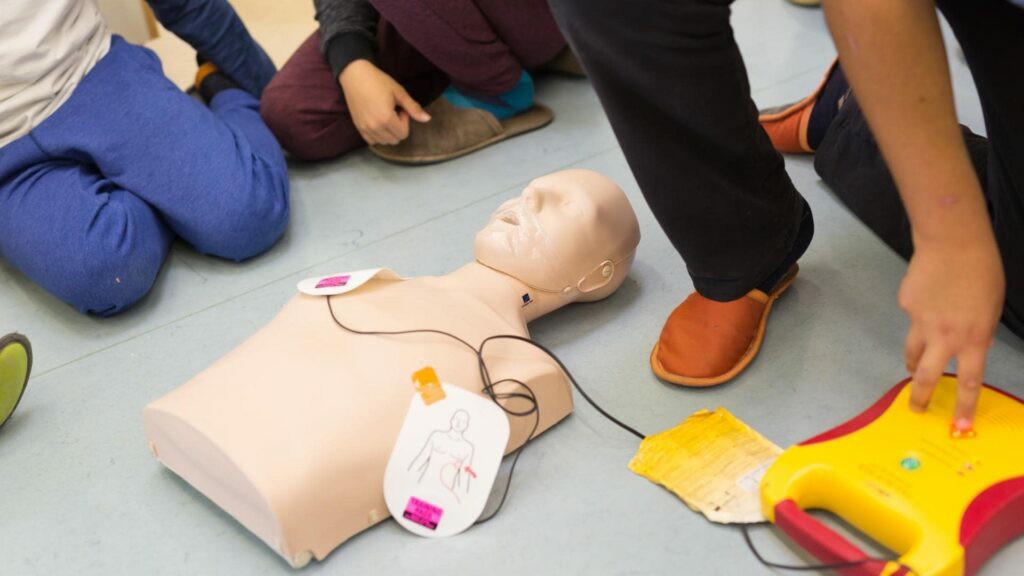


 349,500 Offered Certificates
349,500 Offered Certificates
 24/7 Online Training
24/7 Online Training
 Money Back Guarantee
Money Back Guarantee
 Fully Accredited Courses
Fully Accredited Courses

Created at: 25-02-2025 16:23
In today’s fast-paced work environment, ensuring the safety and well-being of employees is a top priority for businesses. The significance of First Aid and CPR training cannot be overstated. As unexpected emergencies can occur at any moment, being equipped with the knowledge and skills to respond effectively is crucial. This blog delves into the many benefits of obtaining First Aid Certification and how investing in a First Aid Course can significantly enhance workplace safety, reduce response times during emergencies, and comply with regulatory standards.
Every workplace, regardless of its size or industry, is susceptible to medical emergencies. From minor injuries to life-threatening situations, the presence of trained personnel is vital. First Aid and CPR training equips employees with the ability to manage potentially life-threatening situations until professional help arrives.
Investing in First Aid Certification provides numerous advantages for businesses:
Cardiopulmonary Resuscitation (CPR) is a vital skill that can save lives. Key techniques include:
Mastering these critical skills can increase chances of survival during cardiac emergencies.
Businesses are legally required to ensure that sufficient First Aid training is provided to employees. Compliance with workplace health and safety laws not only protects employees but also safeguards the organization from liability. Key compliance benefits include:
In an emergency, every second counts. Key procedures include:
Implementing these procedures can significantly impact the outcome of an emergency.
Choosing the appropriate course is essential. Consider the following:
Today's technology allows for a variety of training methods:
Determine your team's needs to select the best training format.
Investing in First Aid and CPR training is not just a regulatory requirement; it is a moral obligation. Empower your employees with critical skills that could save a life and enhance your workplace safety culture.
Enroll in a certified First Aid & CPR training course today!
For direct inquiries, feel free to contact us at [email protected].